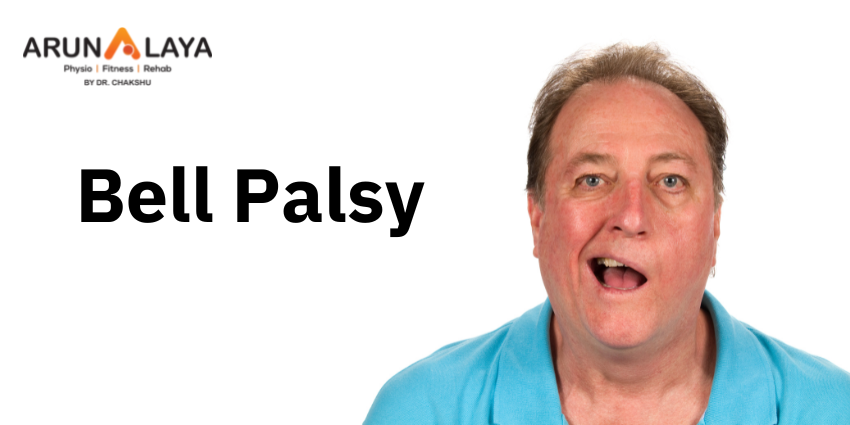Role of Physiotherapy in Bell’s Palsy
Bell’s palsy is the unexpected and temporary facial paralysis that can affect a person’s daily function, communication with others, self-esteem, and quality of life. There’s no specific cause for its development (idiopathic). So far no conclusive cure has been established but it has been observed that most patients regain their facial strength and expression between 2 weeks and 6 months after the onset.
These patients experience the following symptoms:
• Inability to close the eye on the affected side
• Drooping of the affected side (within a few hours to overnight)
• Teariness or dryness of the affected eye
• Pain in or behind the ear on the affected side
• Sensitivity to sound
• Drooling
• Loss of the sense of taste
• Difficulty speaking due to weakness around the mouth
Role of a Physiotherapist
During recovery:
After reviewing medical history and thoroughly evaluating the condition, the physiotherapist will immediately guide the patient on how to protect thier face and eye and explain the expected path to recovery
As the affected eye is unable to close properly, it is prone to injury from dryness and dust. Dust can lead to scratches on the cornea (outer layer of the eye) which can harm the patient’s vision.
The patient can protect their eye using:
• Self-made eye patches
• Carefully closing the eye with fingers
• Hydrating eyes regularly with fluids
General facial exercises are taught which will help to move the weak side and use both sides of the face together. For example, a gentle blowing action through lips.
These exercises are designed to help relearn facial movements based on the particular movement problems.
The exercises may change over the course of recovery:
“Initiation” exercises.
These exercises are given in the early phase when the patient might have difficulty producing any facial movement at all. Patients are guided on how to position their face to make it easier to move (called “assisted range of motion”).
“Facilitation” exercises. Once facial muscles are able to initiate movement, facilitation exercises are given to increase the activity of the muscles and strengthen the muscles.
Movement control exercises: These are important to correct abnormal patterns of facial movement that can occur during recovery.
Relaxation. Patients are taught to recognize unwanted muscle activity like facial spasms or twitches and when the muscle is at rest. They wil be taught to relax the muscles voluntarily.
After recovery:
Sometimes patients face difficulty in moving the face. This is more likely as a result of increasing the strength of the facial muscles without improving the ability to coordinate and control the movement. To avoid this, they are guided to use their face as naturally as possible, without trying to restrict facial expressions because they look “different.”
Alternative medicine
Some people also may benefit from the following however the supporting evidence is limited:
• Acupuncture.
This technique provides relief by stimulating nerves and muscles using needles into a specific point in the skin
• Biofeedback training.
This technique helps the patient to gain more control over their facial muscles by using their thoughts to control your body.
Physiotherapy at Home In Delhi. Get the Best physiotherapy, Sports Rehab, Pain Management, Neuro Rehab, Post-surgical Stiffness, and More Services at Home.

